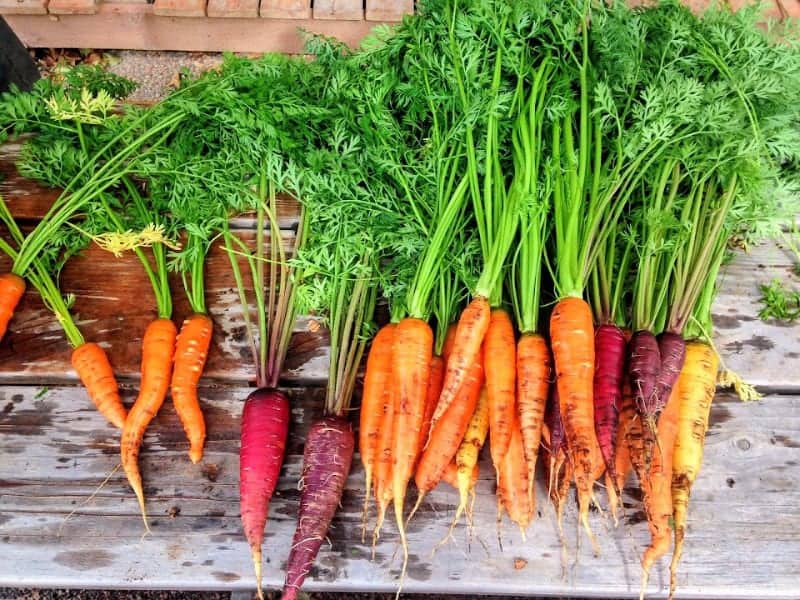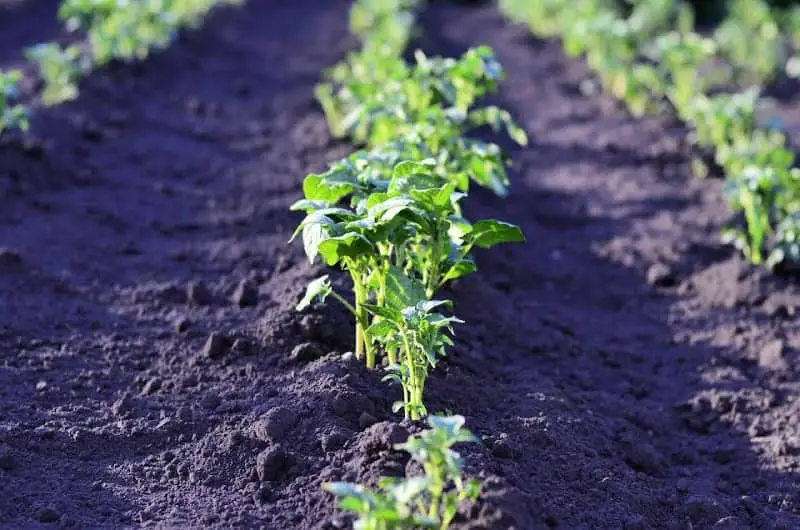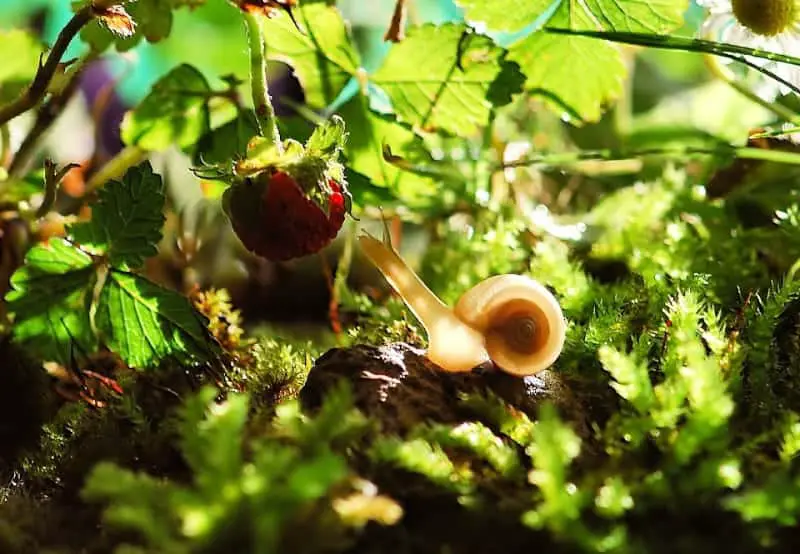Planting a 20thcentury wartime vegetable garden is all the rage during these challenging times. Here’s how to ‘sow the seeds of victory’ by planting your own Victory Garden at home.
How to Plant a Victory Garden

What is a Victory Garden
First things first, what is a Victory Garden anyway? Victory Gardens were planted by families in the United Kingdom, United States, Canada and other countries during WWI and particularly WWII. Meant to help alleviate food shortages during wartime rationing and ensure necessary food supplies went to the men on the front lines, war gardens were promoted by governments as a patriotic duty for citizens.
Now, as we face challenges once again, families may have more time on their hands, along with a desire to keep busy, learn new skills, and enjoy the small miracle of watching things grow.

Determine what gardening zone you live in
Not every plant can grow in every place. Chances are you won’t get a pineapple to grow in Washington, DC, or a banana to grow in Vancouver, Canada, no matter how hard you try.
To figure out your garden climate zone in the United States, check out the USDA Plant Hardiness Map. In Canada, it’s the Natural Resources Canada Plant Hardiness Map. If you’re located in the United Kingdom, you’re in USDA Zones 6 through 9, with some local variations.
Based on your location, the hardiness map will show what plants will survive and thrive in your area. But keep in mind that your particular region may also be subject to local conditions like humidity, wind, moisture levels or soil conditions that can affect growing conditions. If in doubt, consult with your local garden center or master gardening club.
Make space for a Victory Garden in your backyard
Find the sunniest spot in your back or front yard and measure out the size of home garden you want to have. If it’s lawn, dig up the grass and then dig down a couple of feet until you a nice and level base layer for your soil and compost. If you need a big dump of soil and compost to fill your plot, consider having it delivered from a gardening supply store instead of buying lots of small plastic bags worth.
An easier method is to build a raised garden bed right on top of your lawn. You’ll need to construct (or purchase pre-made) wooden boxes in the desired size. Then the beds can be filled with a mixture of topsoil, compost and other organic material like chicken manure before planting seedlings or sowing seeds directly. Keep in mind that raised beds tend to dry out more quickly and will need more frequent watering.

How to plant a Victory Garden on a balcony
If you’re in an apartment or condo with a balcony or small patio, you can still plant a lovely kitchen garden. Find the brightest and sunniest window and take photos to see how the light shifts in that spot throughout the day.
Determine how many pots you can fit in your sunny spot, and fill terra cotta or lighter plastic pots with soil and plant kitchen herbs like parsley, rosemary, thyme and basil, and a cherry tomato plant or two. You can tier the pots on a small set of shelves if room allows.
How to plant a Victory Garden on a windowsill
Again, look for the light in the sunniest windowsill, and ensure it can handle the weight of an attached plastic planter box, which will be lighter than a wooden one. Fill the box with soil and plant your new windowsill garden with those lovely kitchen herbs and a cherry tomato plant.
What to plant in your backyard Victory Garden
Once you’ve determined your plant hardiness zone, the fun part is figuring out what to plant! You can pick from a wide variety of produce for your garden, but remember, there’s no point planting vegetables or fruit that you don’t actually like. Plant what you’ll eat. So, no rutabaga for me, but extra rows of tomato plants, please!
If this is a family garden, involve the kids in making a garden map, including zones of what plants should go where on the map. You can plant nearly anything in your victory garden. Some easy and quick-sprouting fresh vegetables that will excite the kids are radishes, green onions, chives, lettuce, carrots, and strawberries.
There’s no point planting foods you don’t like. Plant what you and your family enjoy eating.
Other great vegetables include zucchini (note: one plant produces a lot of zucchini!), tomatoes, runner beans, potatoes, onions, leeks, corn and pumpkin for a special fall Halloween harvest.
Purchase and pick up your plant stock from a local garden center or grocery store. Or order seeds from a seed catalog and sow them in small pots prior or directly in the earth, depending on the fruit or vegetable.
How to plant a Victory Garden for bees
Growing a garden for bees is a highly satisfying thing. Pollinating bees love flowering plants that have both nectar and pollen. Plant a row of sunflowers if space allows, or pots of lavender and oregano in your kitchen garden – the bees love all of these plants. If you’re growing basil (yum) alongside your tomatoes, let some of it bloom to attract bees.

How to maintain your Victory Garden
Weeding, watering and pest control are the necessary tasks to ensure a bountiful harvest season. No matter how big or small your garden grows, a successful vegetable plot involves a bit of weekly maintenance.
Set aside time to ensure weeds aren’t getting out of hand, and that invasive pests don’t devour your seedlings or steal your carrots. Pests can run from tiny aphids to larger, plant-loving animals like rabbits and deer. If you’re in areas prone to the latter, you’ll need to build some fencing and possibly a cover to keep them out.
Avoid the use of chemical agents in your garden. After all, you’re planning to eat those vegetables! For pest control, it may help to plant marigolds at the end of each row of vegetables. Marigold companion planting enhances the growth of basil, cucumbers, kale, squash, melons and tomatoes as they deter beetles and other insect pest. For aphids, use a home-made soap spray or purchase a box of ladybugs from your garden center.

When to harvest your Victory Garden
Is there anything better than picking ripe strawberries, tomatoes or a big orange pumpkin from your garden? I don’t think so! Harvest time is the best time for any gardener, when the fruits of your labor lie ready and waiting for you to pick, prepare and enjoy.
Harvest time will depend upon the growing zone and season of your produce. Some are obvious and easy – pumpkins are ready in the fall, for example. Consult with your garden center or read the seed packet for guidance if you’re not sure. Or just keep an eye on your garden – you’ll be able to tell if that cucumber or zucchini is the right size. Remembering that size isn’t everything. Unless it’s a pumpkin, of course.
Onward to victorious gardening!
- 8 of the most spectacular BC roadtrips - March 28, 2024
- 7 unique places to experience Ainu culture in Hokkaido - March 22, 2024
- How to enjoy Vancouver’s Cherry Blossom Season - March 21, 2024
